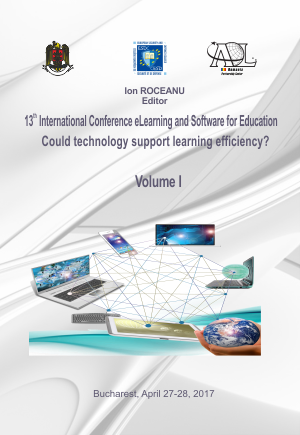DISTANCE EDUCATION AS A WAY OF SAVING ETHNIC AND CULTURAL IDENTITY OF MIGRANT CHILDREN
DISTANCE EDUCATION AS A WAY OF SAVING ETHNIC AND CULTURAL IDENTITY OF MIGRANT CHILDREN
Author(s): Olga Volkova, Oksana Besschetnova, Alla OstavnajaSubject(s): Social Sciences, Education, Higher Education
Published by: Carol I National Defence University Publishing House
Keywords: migrant children; distance education; ethnic and cultural identity.
Summary/Abstract: The relevance of the research topic is determined by the fact that the number of people involved in the international migration process is increasing annually. On the one hand, it is important to integrate migrant children into the social and cultural system of the host country. On the other hand, it should be taken into account the issue of preserving of their ethnic and cultural identity. In this regard, preserving ethnic and cultural identity of children who migrate with their parents is an important issue. The purpose of this article is to show the opportunity of using distance education methods in preserving migrant children’s ethnical and cultural identity. The research was carried out in 2016-2017 and on the territory of six European countries and in Belgorod region (Russia), and was based on the use of in-depth interviews as well as focus groups with migrants. The results showed the following. First, migrants have difficulties to maintain their ethnic and cultural identity in the host country, it is especially truly for migrant children who much faster than adults can integrate into the host community and lose their ethnic and cultural identity. Secondly, the Internet provides to children an access to wide range of educational resources regardless of the area of their residence. Most of these trainings are conducted in native language, in the traditional ethno-cultural context. Third, the content of distance learning can be individual, depending on age, previous education, personal interests, etc. Fourth, distance education can be used by migrant children as well as the whole migrant community. Fifth, distance education can include a range of disciplines and activities specific to particular ethno-cultural groups of migrants (linguistics, religious studies, history, literature, cooking, crafts, etc.).
Journal: Conference proceedings of »eLearning and Software for Education« (eLSE)
- Issue Year: 13/2017
- Issue No: 01
- Page Range: 257-262
- Page Count: 6
- Language: English

